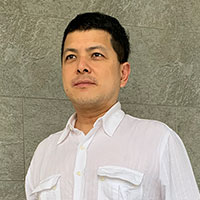KOTA KINABALU: New Zealand Prime Minister Jacinda Ardern called it quits recently. There could be many political and personal reasons for her doing so. I tend to surmise that at least one political reason could be the increasing difficulty nowadays — and not just in New Zealand alone but in many other parliamentary democracies worldwide — of "holding" the government together, both in terms of holding her parliamentary party as well as her ruling coalition majority together.
In a typical parliamentary democracy, the legislative and executive branches of government could be said to be fused. This is because in such a governance system the head of government (usually called the prime minister or the premier) who is vested with the real political power, is typically appointed by a largely ceremonial head of state (a president, a constitutional ruler such as a monarch, or a governor-general representing the monarch) from among the members of the popularly elected parliament (more specifically the lower, more numerous house of a bicameral parliament, but it could be unicameral too) who, in the opinion of the head of state, is most likely to command the confidence and support of the majority of the members of parliament.
Continue reading with one of these options:
Ad-free access
P 80 per month
(billed annually at P 960)
- Unlimited ad-free access to website articles
- Limited offer: Subscribe today and get digital edition access for free (accessible with up to 3 devices)


